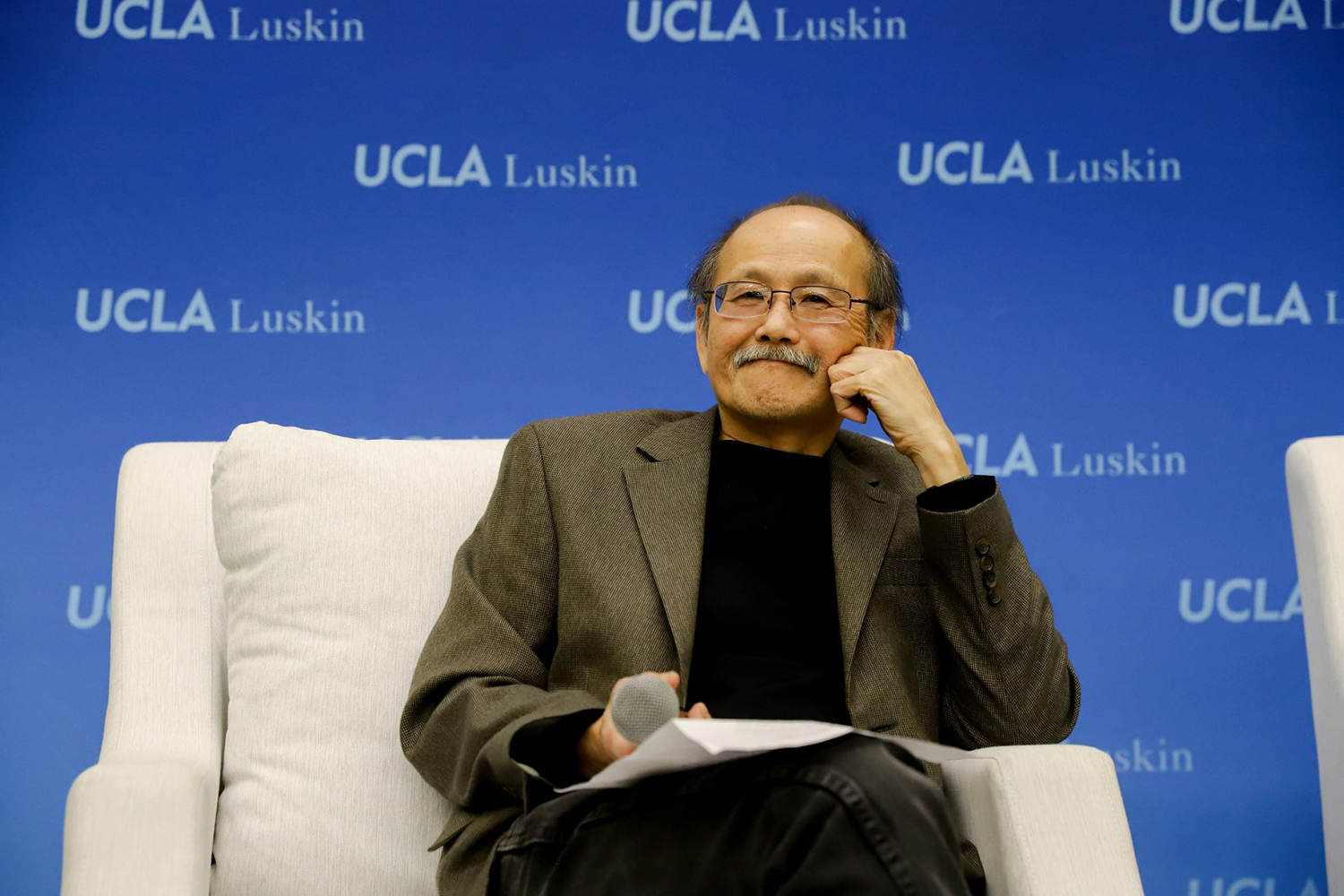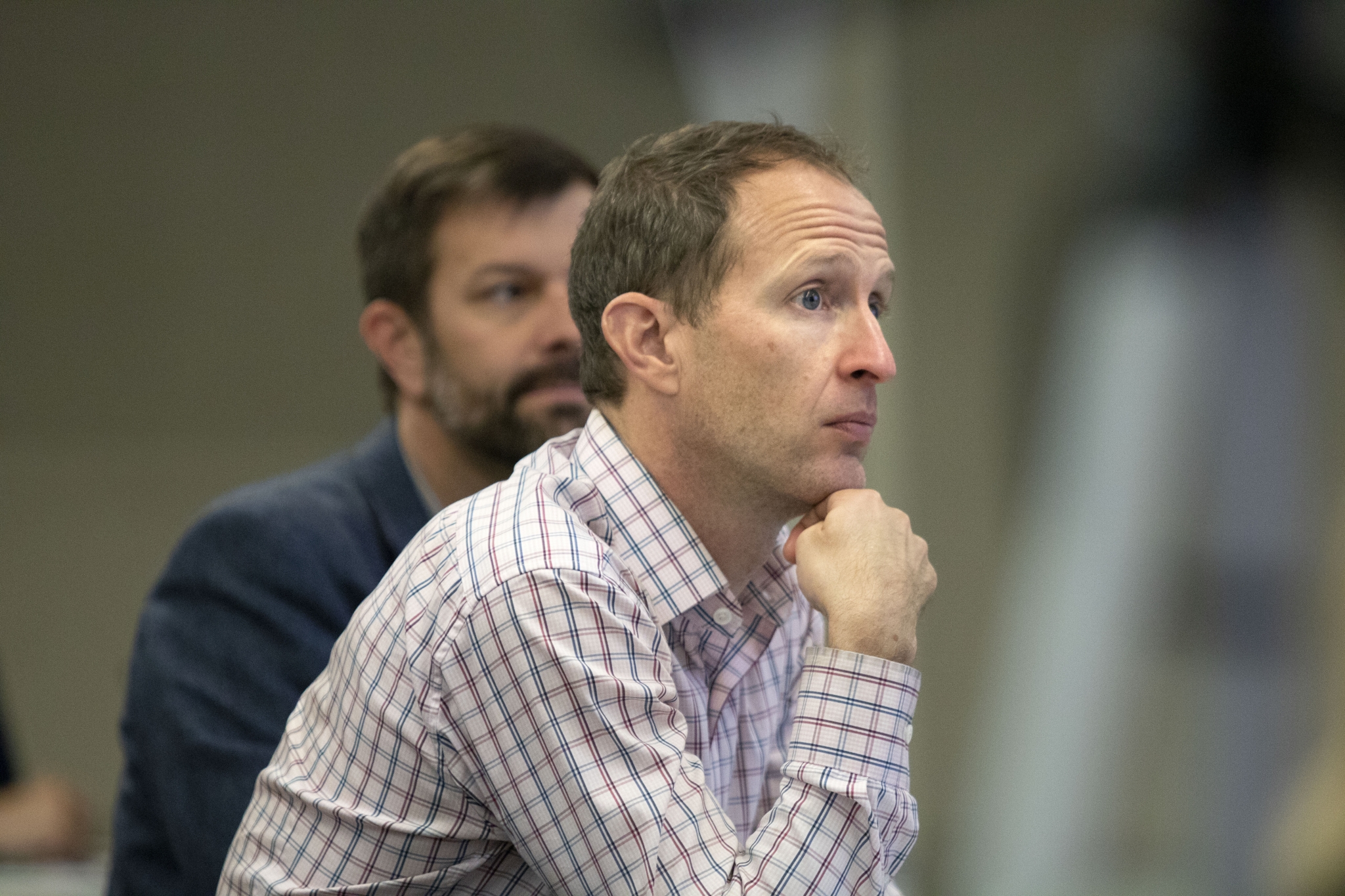Grassroots Environmental and Financial Assistance for L.A. Residents UCLA Luskin researchers find emPOWER campaign reaches areas impacted by poverty and pollution
By Stan Paul
Low-income households in California face higher energy, transportation and water affordability burdens than other populations as a percentage of household income spent on utilities. Yet the existence of a number of environmental benefit programs provided by state and local agencies does not ensure that these households benefit from them.
A new pilot program designed to enable low-income households across Los Angeles County to realize more fully those benefits is off to a good start, according to a new report by the UCLA Luskin Center for Innovation or LCI. The purpose of the LCI report is to provide an evaluation of the first year of the campaign, including its equity implications, the effectiveness of its outreach and areas for growth.
“The pilot stage’s reach to the most environmentally disadvantaged communities in the region was undeniably a success,” said Gregory Pierce, associate director of the center and lead author of the program evaluation, “emPOWER: A Scalable Model for Improving Community Access to Environmental Benefit Programs in California.” The report was co-authored by Rachel Connolly, a graduate student researcher at the Luskin Center for Innovation. Connolly is a doctoral student in the Environmental Health Sciences department within the Fielding School of Public Health.
The emPOWER outreach campaign was launched in 2019, with Liberty Hill Foundation, a Los Angeles-based social justice philanthropic organization, serving as regional hub administrator. Through existing community relationships, Liberty Hill funded eight community-based organizations across the county to connect low-income residents with a suite of environment-related financial assistance programs, including those offering clean and affordable energy and clean transportation. These incentive programs provide benefits including, but not limited to, utility bill savings, zero-emission vehicle incentives and energy efficiency home upgrades.
The platform was launched to realize opportunities via community relationships and to address longstanding public health issues in environmental justice communities. mark! Lopez, the executive director of one of the organizations, East Yard Communities for Environmental Justice, explains the importance of this neighborhood engagement in Southeast Los Angeles County.
“When our folks have limited income, that reduction [in cost] is everything,” Lopez said. “That reduction is the ability to breathe; it can mean everything for the trajectory of our families.”
“That’s the really novel aspect of the program,” said Pierce, who is also an adjunct assistant professor in urban planning at the UCLA Luskin School of Public Affairs. The community organizations are already connected with a lot of people who can benefit from these programs. “People trust them, and they can convey the opportunities in a much more effective way.”
Pierce pointed out that emPOWER benefit programs are brought together in one place enabling households to sign up at once, “instead of a number of separate programs that are hard for people to understand or sign up for. It’s great that there are so many programs but at this point they can be operated and communicated in a more coherent way.”
The emPOWER program will continue to operate in Los Angeles County in 2020, with goals to expand the campaign model beyond Los Angeles, first to the Inland Empire and ultimately statewide. Broadening and deepening this campaign can help ensure a just transition in the process of climate change adaptation over the next several decades, according to the authors.
Report Findings:
- The emPOWER campaign serves as a replicable model for the state. It prioritizes funding to authentic grassroots organizations working to build power in communities on the front lines of industrial pollution.
- Despite some administrative challenges, the campaign engaged more than 11,000 distinct households and received over 2,700 eligibility applications.
- Especially compared to existing individual programs, the campaign was highly successful in reaching communities disproportionately affected by systemic racism, poverty, pollution and now the pandemic. Over 90% of emPOWER participants live in a state-identified disadvantaged community or low-income community census tract.
- Monetary benefits for participants are tremendous. On average, each emPOWER participant is eligible for more than nine incentive programs. Eligible participants can receive hundreds of dollars in benefits for their electric, gas and water utility bills. For instance, the average participant could receive $320 annually in electricity bill assistance through Southern California Edison’s CARE program. In addition, many participants can receive up to $9,500 in benefits to trade in an old gas-guzzling vehicle for an electric car through the Replace Your Ride program.
- Notable process successes of the campaign included community organizations’ ability to build upon existing relationships with their communities, a focus on program benefits that participants were consistently motivated to apply for, and active technical assistance and program adaptation. Frequently reported challenges that need to be addressed in future phases of the program include community hesitation and misconceptions regarding emPOWER and the associated incentive programs.
























